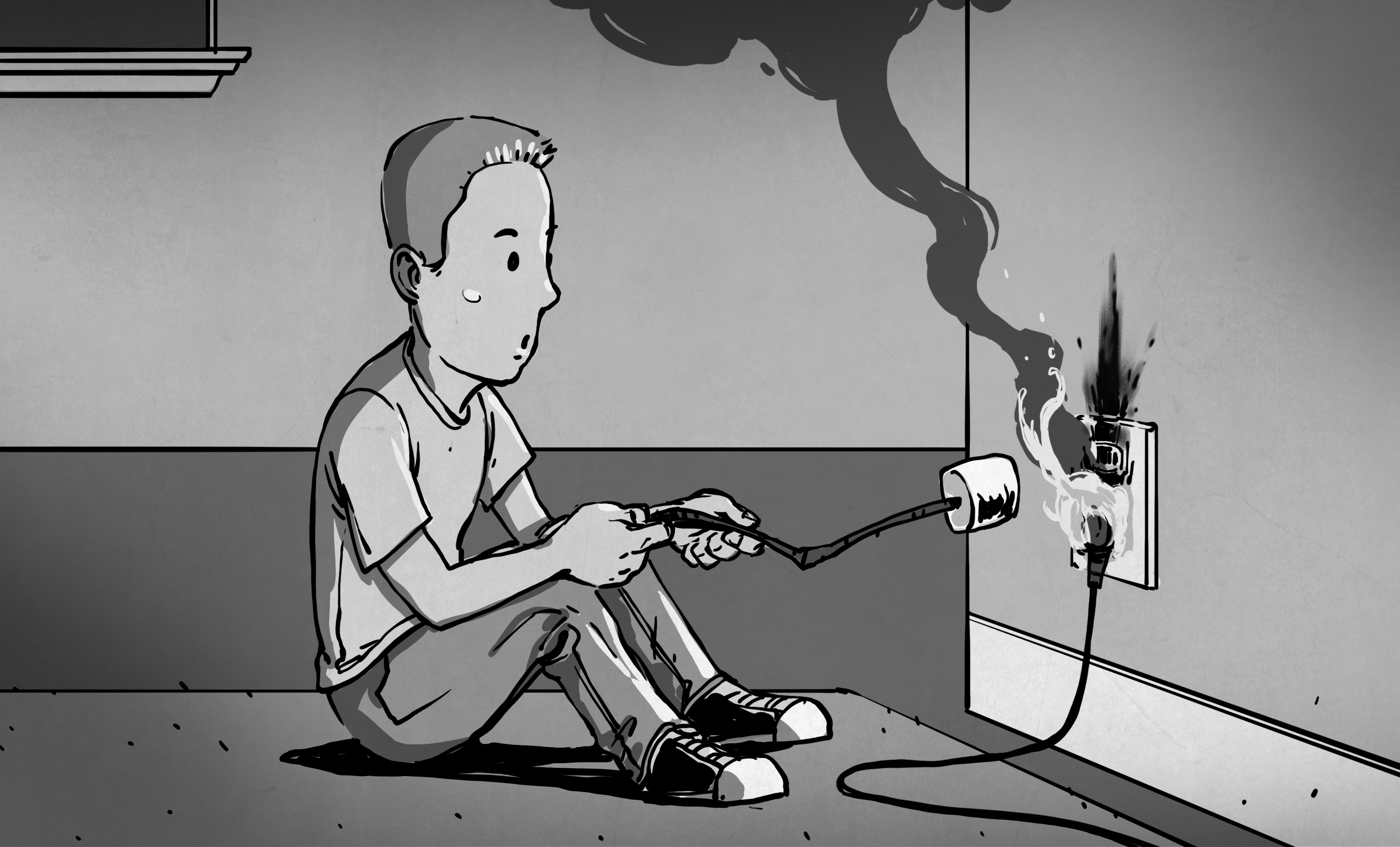Hey, hopefully you all can help me because I'm going crazy trying to figure this one out. As the title says, I have been getting crashes on my pc over the past couple of months while gaming. It's not very consistent when it happens but seems to happen pretty much exclusively during graphically intensive games (Diablo 4, Path of Exile). I can play less graphically intensive games for hours with no issues (Factorio). There seems to be no particular trigger to when this happens and can occur anywhere from within 30 mins of playing up to 8 hours between occurrences. When the crash happens I lose all audio and video but the fans are on in my pc and the LEDs on components are on but they freeze on whatever color they happen to be (color cycling LEDS). I have tried leaving my pc on overnight in this state to see if it will recover itself but it does not, I have to hold power button down to restart it that way. On average this happens from about 2-8 times daily now depending on what I'm doing. I took PC to a local repair shop where they ran stress tests on components but could not get the pc to have this issue in spite of having it for several days. I'm fairly certain this is a graphic card issue but am not certain. I built the PC myself but am not great with troubleshooting. What I have tried so far:
1. Updating and reinstalling drivers for everything I can think of.
2. Monitoring using HWInfo64 including logging to look for any anomalies (none as far as I can tell, temps are in acceptable ranges for my hardware and the tech at the repair shop didn't see anything either.)
3. Taking it to a repair shop and having them try to figure out out (found nothing.)
I do not have any extra components to swap in and try sadly so that's off the table. Also money is tight right now so I don't want to just buy every component until I find what's wrong with it. Unfortunately the latter is seeming to be more and more the solution since I can't figure this out. The PC is getting fairly old at this point (5 years) so maybe it's just time. Anyway, here's my build:
Asus ROG Crosshair VII Hero (Wi-Fi) AM4 motherboard
G.Skill TridentZ 16GB (2x8GB) DDR4 3200 RAM
AMD Ryzen 5 2600x (stock cooler)
Asus ROG Radeon RX Vega 56 8GB Memory PCI Express 3.0
EVGA SuperNOVA 750W 80+ Gold Modular PSU
Phanteks Enthoo Luxe ATX Full Tower case (pretty sure irrelevant here but who knows)
SSD for OS
HDD for storage
Running a 35" UW 3440x1440 100Hz monitor as primary through displayport and some crap DVI monitor as a secondary.
I'm not sure if attaching logs here is against some rule or anything but I do have those if allowed, let me know if you would like to see them. Thanks for the help, let me know if you guys need anything else to help out.
1. Updating and reinstalling drivers for everything I can think of.
2. Monitoring using HWInfo64 including logging to look for any anomalies (none as far as I can tell, temps are in acceptable ranges for my hardware and the tech at the repair shop didn't see anything either.)
3. Taking it to a repair shop and having them try to figure out out (found nothing.)
I do not have any extra components to swap in and try sadly so that's off the table. Also money is tight right now so I don't want to just buy every component until I find what's wrong with it. Unfortunately the latter is seeming to be more and more the solution since I can't figure this out. The PC is getting fairly old at this point (5 years) so maybe it's just time. Anyway, here's my build:
Asus ROG Crosshair VII Hero (Wi-Fi) AM4 motherboard
G.Skill TridentZ 16GB (2x8GB) DDR4 3200 RAM
AMD Ryzen 5 2600x (stock cooler)
Asus ROG Radeon RX Vega 56 8GB Memory PCI Express 3.0
EVGA SuperNOVA 750W 80+ Gold Modular PSU
Phanteks Enthoo Luxe ATX Full Tower case (pretty sure irrelevant here but who knows)
SSD for OS
HDD for storage
Running a 35" UW 3440x1440 100Hz monitor as primary through displayport and some crap DVI monitor as a secondary.
I'm not sure if attaching logs here is against some rule or anything but I do have those if allowed, let me know if you would like to see them. Thanks for the help, let me know if you guys need anything else to help out.




